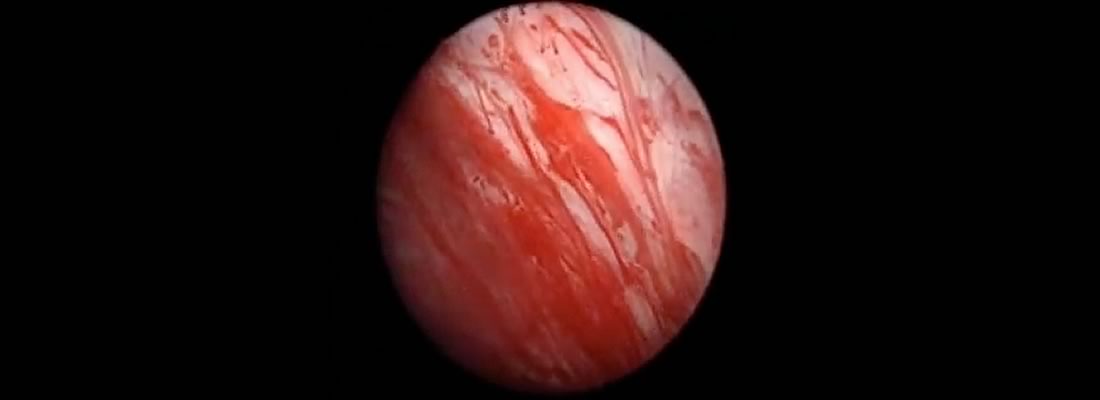LiRIS Found Safe & Effective In First Formal Hunner’s Lesion Study
When the first round of LiRIS studies were conducted several years ago, researchers were stunned to see that some Hunner’s lesions healed after just a two week treatment with this innovative medical device devel- oped at MIT. LiRIS was originally intended as a pain therapy but this new potential purpose as a treatment for lesions requires a separate round of research studies. In this first 2 center, open-label, Phase 1b study, participating women received a total of two 14 day treatments of LiRIS (400mg). By days 14 and 28, 86% of patients (6/7) and 7/7 patients responded to treatment with decreased lesion area & size, lesion number and/or lesion severity. Pain scores decreased significantly includ- ing 12 weeks following the removal of the device. Urinary frequency and other symptoms were also signifi- cantly reduced. No patient discontin- ued treatment due to adverse events. As a “proof of concept study” the researchers conclude that it has a desirable safety profile and that additional studies should be conducted to confirm both safety and effectiveness.Source: Peters K, et al. Safety, Tolerability and Preliminary Efficacy of LiRIS 400mg in Women With Ulcerative IC. AUA 2016 Abstract MP72-616
Hunner’s Lesion Treatment With Triamcinolone
The downside of Hunner’s lesion (HL) treatment with fulguration and/or laser therapy are the scars that they leave on the bladder wall. However, when you inject those lesions with a steroid, the results are effective and durable over the long term. Researchers in New York stud- ied 28 women and 8 men who had received HL treatment with triamcinolone injection over a 3 year peri- od.They average number of lesions was 2.93 with a range of 1 to 9 per patient. 26 received only one treat- ment while 8 received two and 2 received three or more treatments. Their pain levels dramatically reduced one month post treatment (from 8.3 to 3.8). Their nighttime voids also reduced. The researchers concluded that this therapy is effec- tive and durable.
Source: Funaro M, et al. Endoscopic Injection of Triamcinolone: a Simple, Minimally Invasive and Effective Therapy for Hunner’s Lesions. AUA 2016 Abstract MP72-18
Cyclosporine Therapy May Help Patients Who Have Failed Multiple Therapies
Dr. Dan Shoskes (Cleveland, OH) and colleagues conducted a very important study on the use of cyclosporine for the treatment of IC. A Step Five treatment option, cyclosporine (CyA) isn’t often used due to concerns about side effects. This study assessed the effectiveness of CyA therapy on recalcitrant IC. 26 patients were enrolled who had failed atleast 2 prior classes of therapy. 7 patients had Hunner’s lesions while 9 were on chronic narcotic medications for pain. They were treated with CyA starting at 3mg/kg divided into two treatments per day. 19 were evaluat- ed at the end of the three month treatment period.
Overall symptoms reduced from 14.9 to 11.7 at three months using the ICSI scale. Two patients dropped out due to side effects. Kidney func- tion was measured via serum creati- nine levels and did not change signif- icantly though GFR dropped at 3 months but then normalized at 4 months. 5/6 patients (83%) with Hunner’s lesions who completed therapy had symptoms improve while only 6/17 (35%) without lesions experienced improvement, suggesting that patients with Hunner’s are more likely to respond to this therapy. Unfortunately, symptom improvement did not persist after CyA was stopped.
Source: Shoskes D, et al. Oral Cysclosporine for IC: Efficacy, Side Effects and Impact of Clinical Phenotype on Outcome. AUA 2016 Abstract MP72-14.

